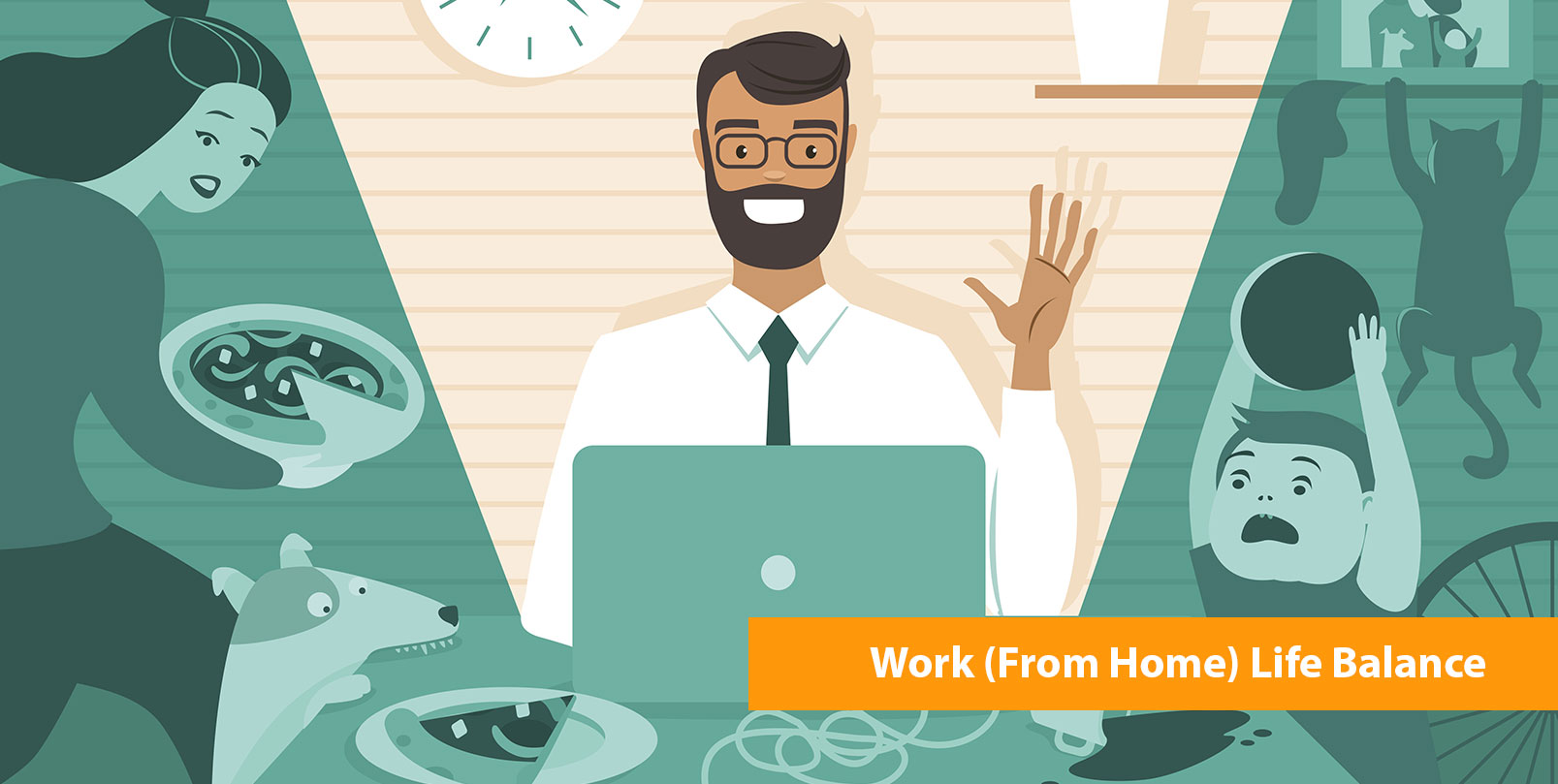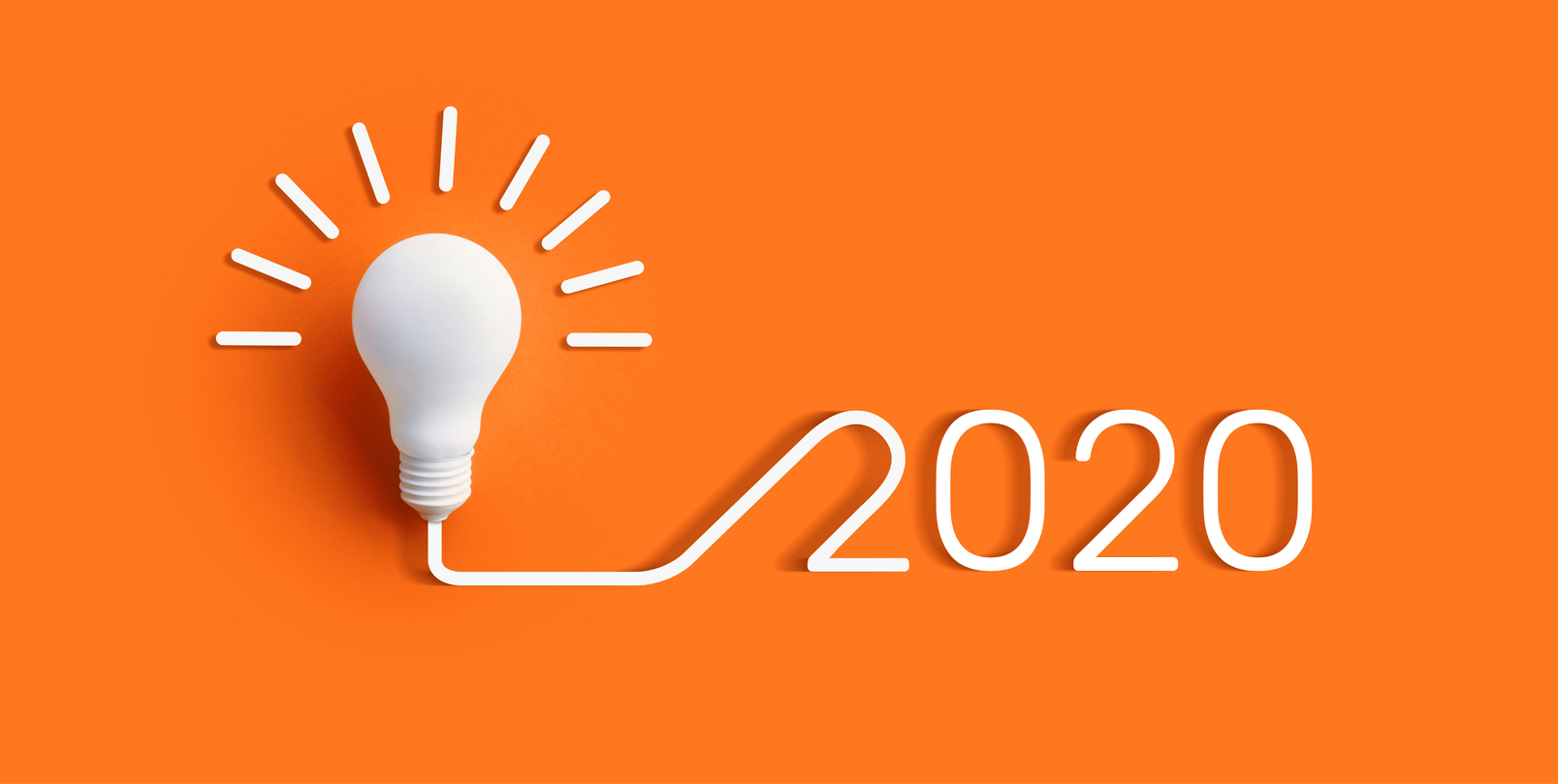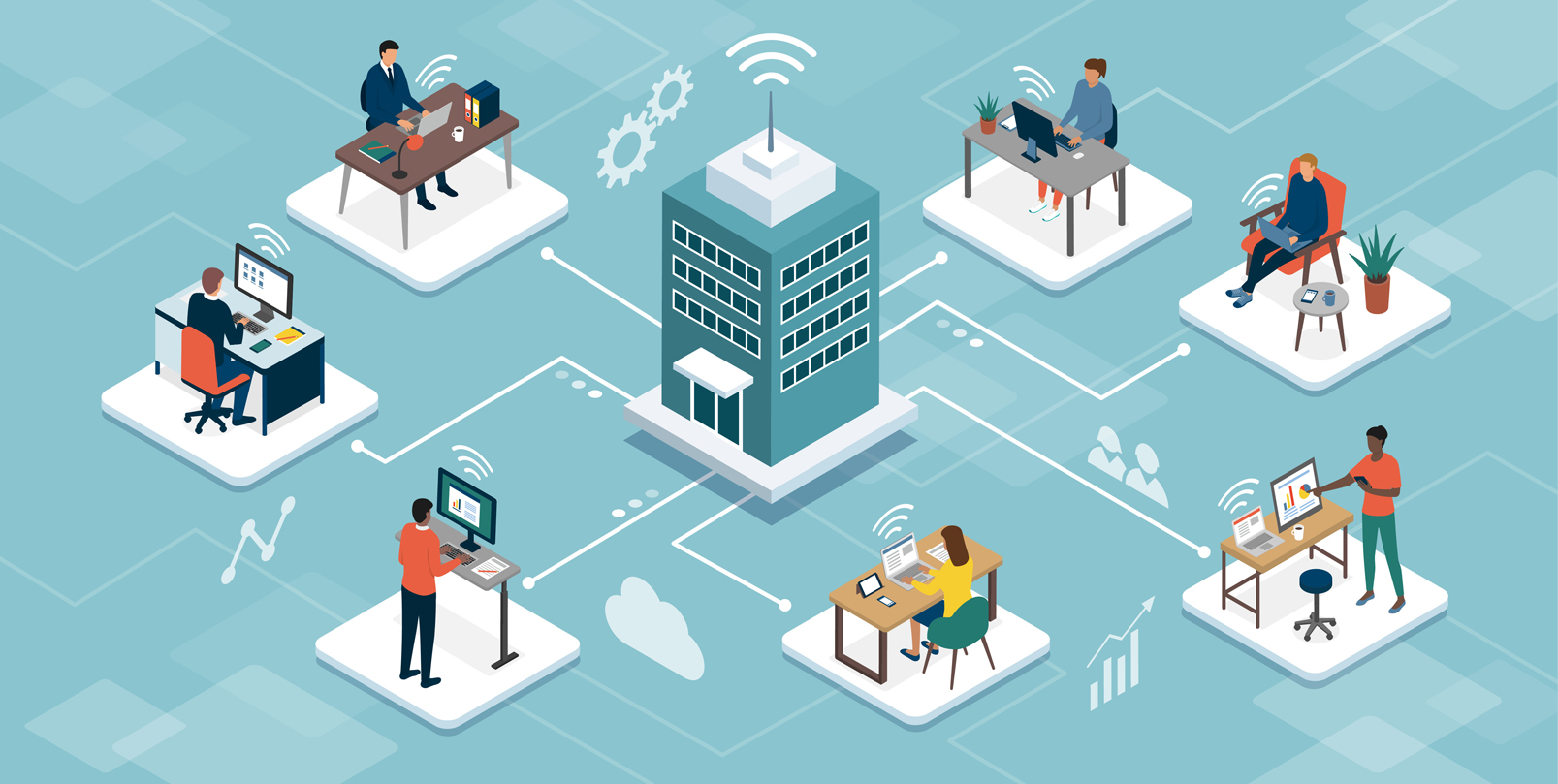Work (From Home) Life Balance
More than a year after a pandemic sent most of us working from home, the wear and tear on individuals is real and starting to show. Early on people reacted to the shift in different ways; some struggled with isolation and depression, some embraced their new plant-mom aesthetic, and others forgot their normal jobs existed and opted to be day-traders instead (GME to the moon).
Since then work from home shifted from a temporary situation to something that is here to stay, even with the end of pandemic in sight. According to the poll at our recent event, 73% of our audience chose a hybrid remote and on-site working model going forward. It is clear that remote workers now need to shift into a long-term sustainable system.
Define Your Work Schedule
For years we have talked about "work-life balance" and then all of a sudden it went completely out the window and all of us were working from our home and living at work. Without physical separation, it's difficult to disengage and very easy to "do something really quick" for someone else who is working early/late. So step one to successfully working from home is finding a schedule that works. For lots of us, we realized that our jobs don't require we be at our desk from 8am - 5pm Monday - Friday to be effective, but randomly starting/stopping work is usually a recipe for low effectiveness. So find a schedule that works and stick to it.
Example: To avoid overfilling my schedule, I make the conscious decision to start my day earlier so I can take more breaks through the day without falling behind on my workload. On days where I feel highly energized, I get some extra productivity. For days I feel lazy, I can be lazy and not fall too far behind.
But the key is to find a routine that works for you. Maybe that means starting at 9 am, taking a 30-minute lunch, and getting out the door at 5. For others, it might be starting at 7, but taking a 2-hour lunch every day to go to the gym or go for a run, then working until 6. Find the rhythm that works for you, and try to stick to it. Routine makes good days super effective and bad days tolerable.
Define Your Work Space
Once you know WHEN to work, now you need to know WHERE to work. Having a defined work-space helps transition to and from "work time". Having the tools you need within reach and surroundings with limited distractions is key to being effective. When people think about distractions, they usually think about stuff like social media where you might accidentally waste 3 hours scrolling through TikTok when you meant to take a 5-minute break. While that is a risk, a larger problem is the issue of wasted time transitioning between the tasks, especially if you get distracted repeatedly.
Things you might consider for your work from home setup:
- A comfortable chair
- A comfortable desk
- A good pair of headphones
- Proper lighting
- Monitors that are right-sized and adjusted to the proper height
- An attack cat
- A comfortable keyboard and mouse (I LOVE my vertical mouse)
Create Routine Activities for the Transition
The start and end of the day are the secret killers of work from home. When working from the office, the ability to physically leave and get separation from the stress, or the forced downtime when commuting allows people to transition from their work-life to their home life. Working from home removes this transition, so it is important to intentionally add it back.
Ideas to start/stop the day:
- Change your clothes. Putting on your "work clothes" helps shift to work mode. Work from home has changed the meaning of "business casual", but it's important to dress in a manner that makes you feel productive, and remind yourself that it's not time to lounge around and watch TV. Similarly, changing out of your work clothes helps you disengage and relax. As a side note, I think I have proven beyond a doubt that I can do my job in cargo shorts instead of slacks, so I fully expect this to be acceptable business attire going forward. I'll keep the polo shirt, because I am classy, but long pants in Hawaii? That just isn't right.
- Go for a walk outside. It's healthy, gets you some sunshine, but also gives your eyes a rest from the screen, and gets you physical separation from work. Listen to some music, listen to an audiobook, take a walk with someone and chat or just enjoy some solitude. Just get away for a bit.
- Go to the gym / go somewhere to workout. One thing I noticed was that with everyone working from home, the normal peaks at the gym have flattened some. Take advantage of that and use the gym as a place to get away from work. If the gym isn't your thing, hit up a park, a beach, a pool, or a nearby hiking trail. Just get outside and enjoy the sunshine.
- Have Breakfast. It's easy to grab something, sit down, and eat while you work, but don't do that. Wake up, and have breakfast (if you eat breakfast), then roll into work. Similarly, take your lunch break away from your desk if possible.
.png?width=4043&name=cbts_ht_securitycampaign_2021_970x250%20(1).png)
Create Intentional Connections
And last, but not least, is to be intentional about creating connections with people. The biggest contributor to lack of efficiency when working from home is the erosion of relationships. Resolving technical access challenges takes money and time to resolve but human connection is a bit more complicated. Keeping relationships healthy is a never-ending task but necessary for a healthy and functional organization.
When we are all in the office, it is easy to interact accidentally. You can grab lunch with a buddy, you can make jokes in the elevator, laugh at conversations in passing, etc. When we work remotely, this stuff doesn't really happen. Live by the mantra "automate everything except relationships". Emotions and human connection are not perfect and they are not efficient. They require intent to keep healthy.
- Talk more. Sending emails has become the default way we communicate, followed by IM. Don't be afraid to jump on the phone with someone. Chit chat, talk about the weather, talk about your families, your cars, the most recent show you binged on Netflix, whatever it is you want. Be inefficient with intent.
- Use video calls and stay on camera. Spending time face to face is important. It helps with engagement, it provides the speaker feedback, and it allows you to use body language to understand the conversation more effectively. It is easy to turn off your camera when others are talking but don't to that. Set the example. Let the speaker know you are engaged. Let them see you chuckle when they make a joke so they know they connected. Let them see the confused or inquisitive look on your face, but really - just let them know you are there so they don't feel alone and like they are talking to an empty room. Then, encourage others to do the same for you.
- As leaders, make sure your team knows it's ok to use company messenger tools for non-work discussion. Obviously, keep it HR friendly, but people should not be afraid to have casual conversations. For best results, dedicate a channel to it, that way it doesn't clutter up team chats necessary for troubleshooting, etc. If you have groups with common interests (Hiking, sports, etc.) make channels for each of them.
Love it or hate it, work from home will be part of our lives for the foreseeable future. Protect yourselves from burnout by keeping balance in your new Work (From Home) Life.
Working from home has become an efficient working model for your workforce but may open up your business to vulnerabilities. Let CBTS Hawaiian Telcom help improve your business's cyber security posture and lessen your vulnerability to an attack. Learn More>>






